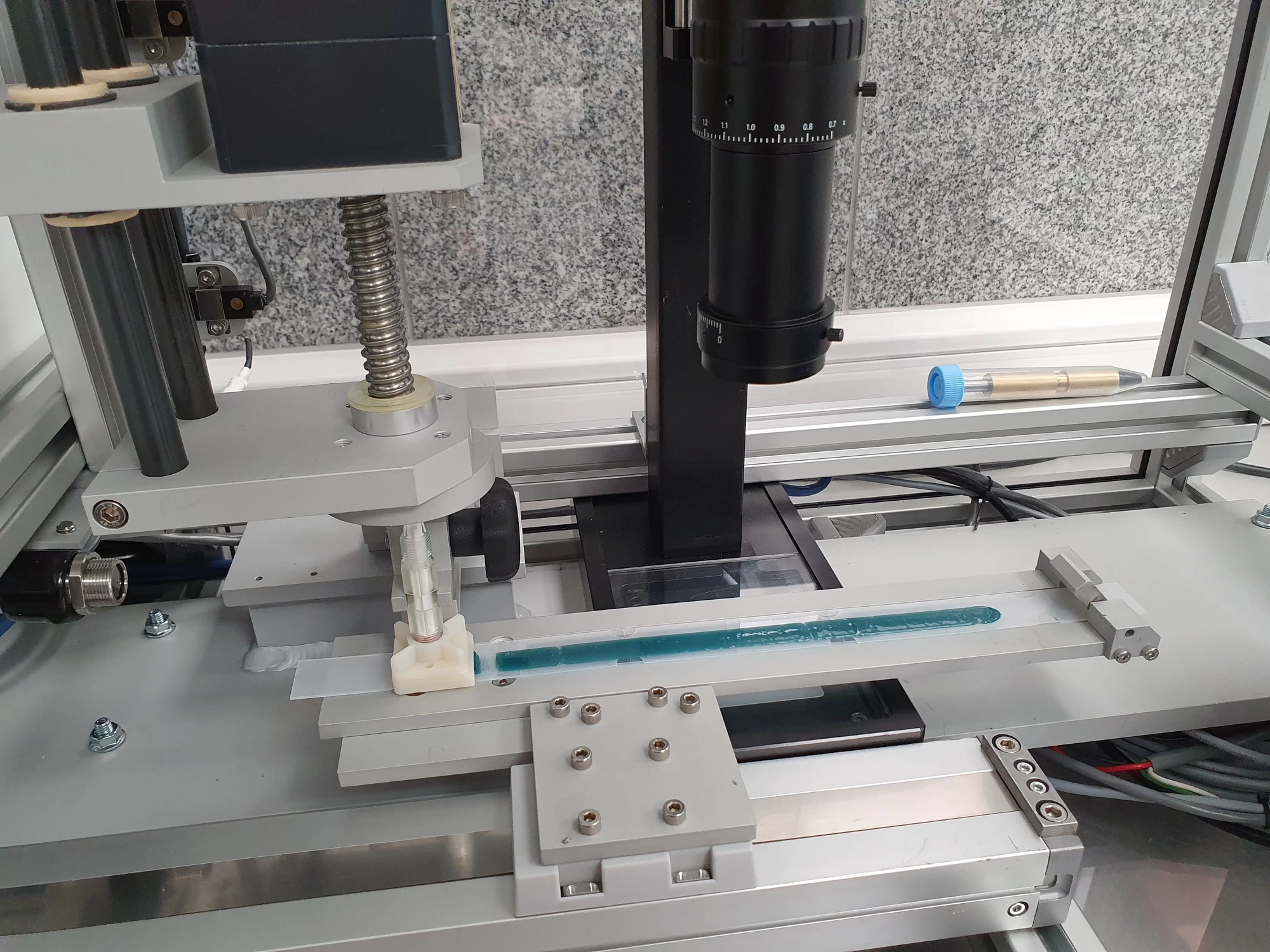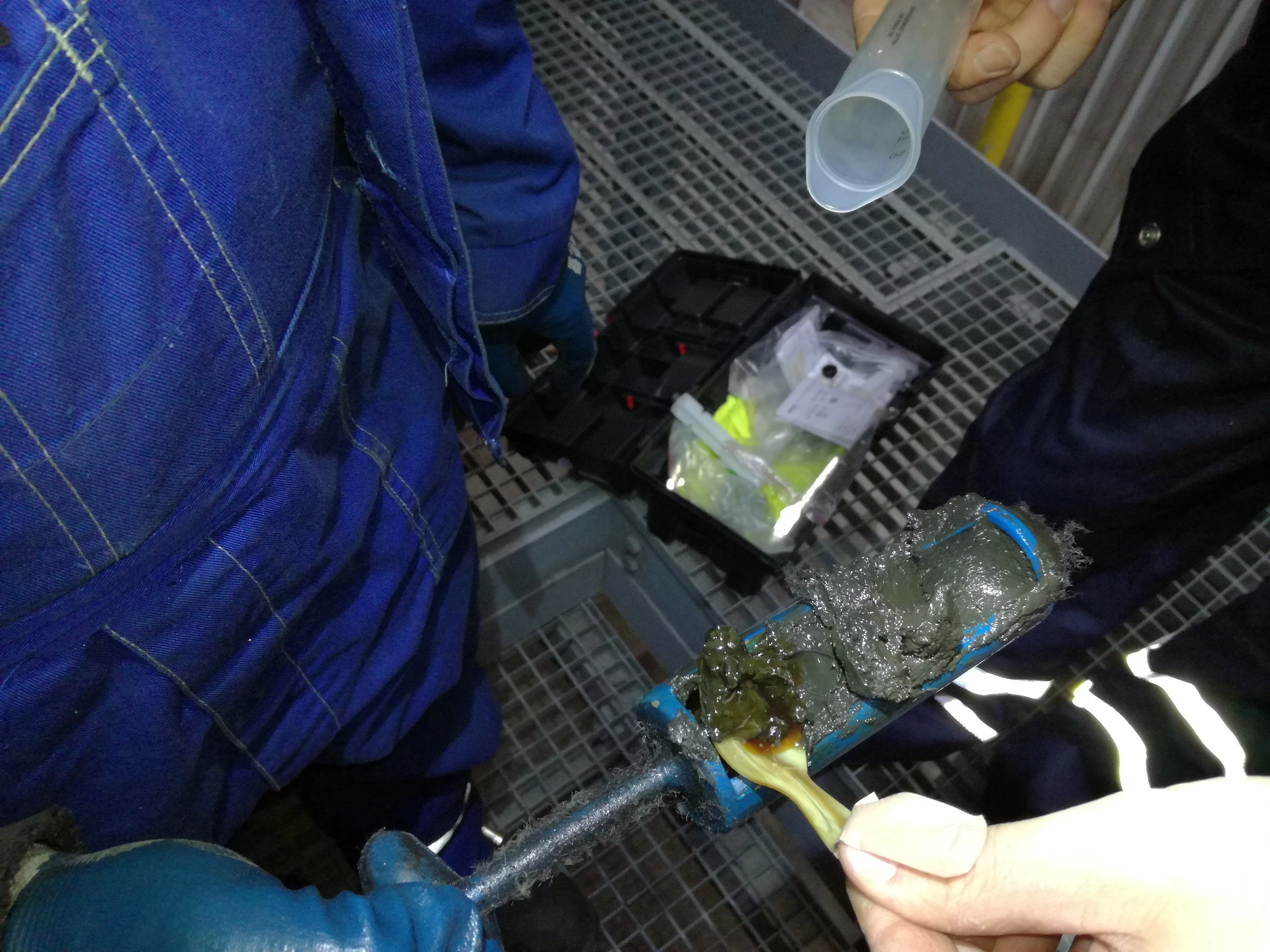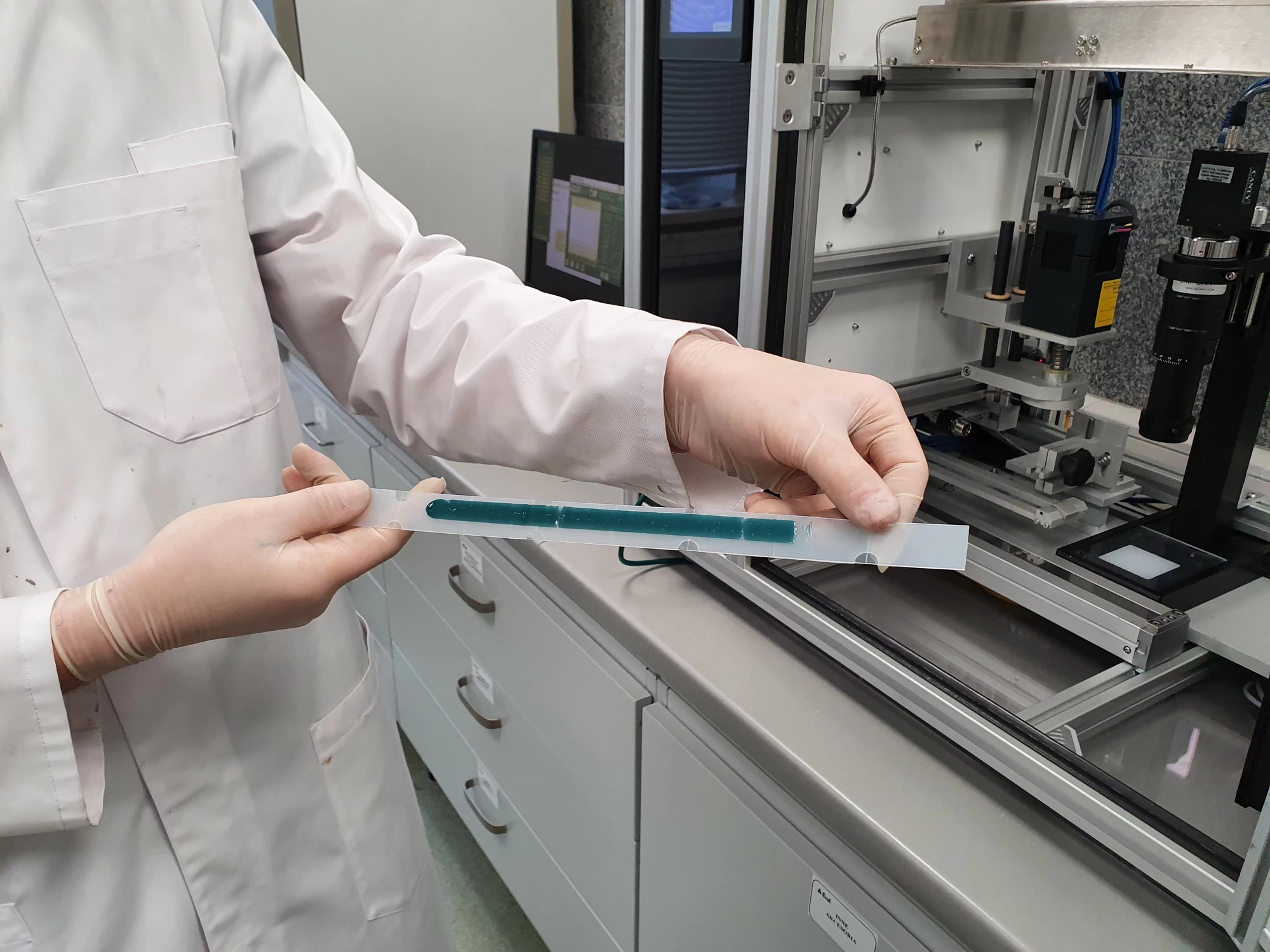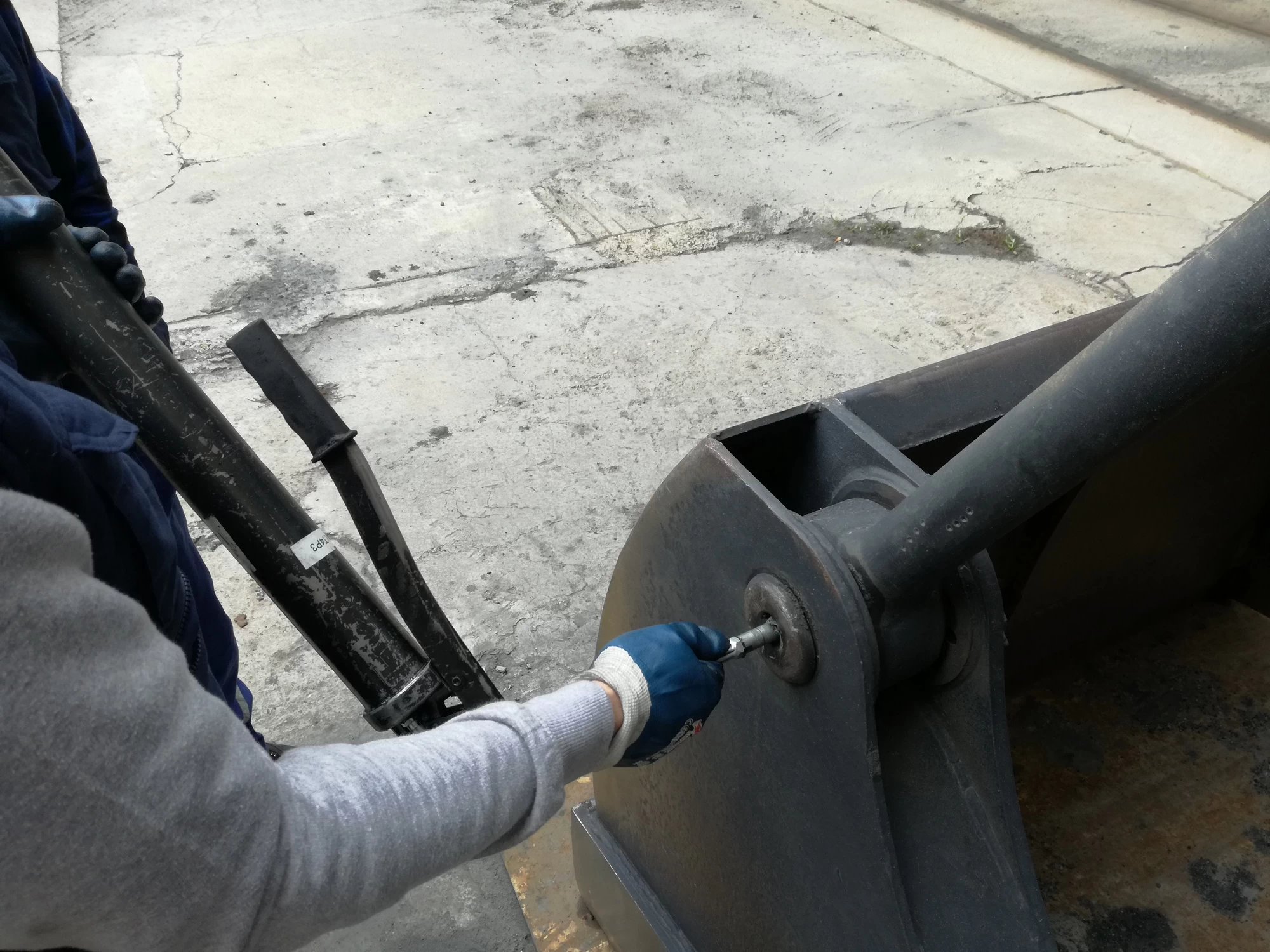elimination of the risk of cross-contamination of lubricant samples
Cross-contamination in the industrial lubricant sampling method refers to the situation where lubricant samples taken from different locations or machines may contaminate each other. This can occur, for example, when sampling tools are used repeatedly without proper cleaning or when lubricants are stored in a way that allows contact between them. Cross-contamination can introduce false or falsified lubricant analysis results, making it difficult to accurately assess lubricant condition and diagnose potential machine failures. The Grease Thief® method, with its precision and disposable samplers, minimizes the risk of cross-contamination of grease samples, ensuring reliable analysis results.
The Grease Thief® method eliminates the risk of cross-contamination by using disposable grease samplers. Each sampler is designed to take a single sample from a specific area of the machine. Once the sample is taken, the sampler is removed, preventing contact and mixing of lubricants from different locations. This prevents contamination of grease samples with other lubricants that can affect the analysis results. The Grease Thief® method ensures full separation and independence of grease samples, which guarantees accurate and representative analysis results without the influence of cross-contamination.





